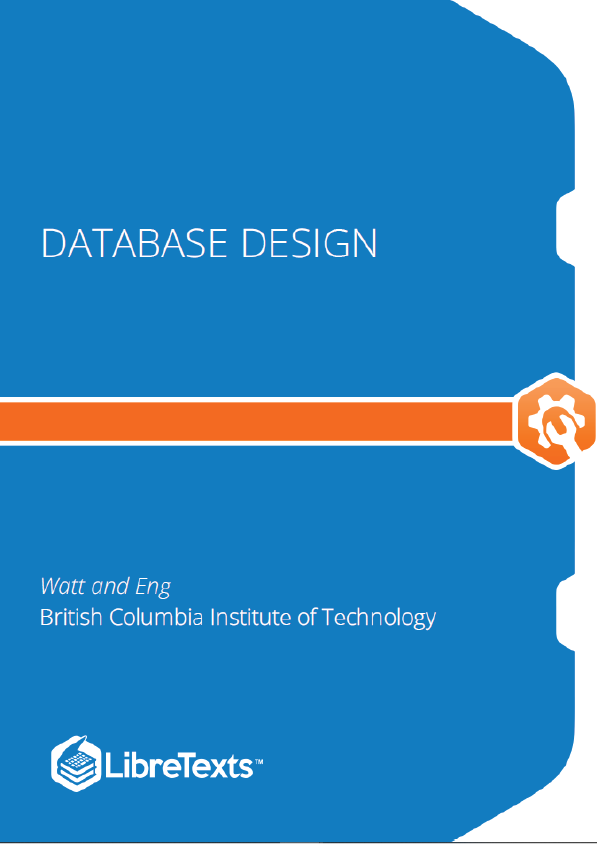Computers can store and process vast amounts of data. Formal data structures enable a programmer to mentally structure large amounts of data into conceptually manageable relationships.
Sometimes we use data structures to allow us to do more: for example, to accomplish fast searching or sorting of data. Other times, we use data structures so that we can do less: for example, the concept of the stack is a limited form of a more general data structure. These limitations provide us with guarantees that allow us to reason about our programs more easily. Data structures also provide guarantees about algorithmic complexity — choosing an appropriate data structure for a job is crucial for writing good software.
Because data structures are higher-level abstractions, they present to us operations on groups of data, such as adding an item to a list, or looking up the highest-priority item in a queue. When a data structure provides operations, we can call the data structure an abstract data type (sometimes abbreviated as ADT). Abstract data types can minimize dependencies in your code, which is important when your code needs to be changed. Because you are abstracted away from lower-level details, some of the higher-level commonalities one data structure shares with a different data structure can be used to replace one with the other.
Our programming languages come equipped with a set of built-in types, such as integers and floating-point numbers, that allow us to work with data objects for which the machine’s processor has native support. These built-in types are abstractions of what the processor actually provides because built-in types hide details both about their execution and limitations.
The machine code generated from the above would use common patterns for computing these values and accumulating the result. In fact, these patterns are so repetitious that high-level languages were created to avoid this redundancy and to allow programmers to think about what value was computed instead of how it was computed.
Two useful and related concepts are at play here:
Encapsulation is when common patterns are grouped together under a single name and then parameterized, in order to achieve a higher level understanding of that pattern. For example, the multiplication operation requires two source values and writes the product of those two values to a given destination. The operation is parameterized by both the sources and the single destination. Abstraction is a mechanism to hide the implementation details of an abstraction away from the users of the abstraction. When we multiply numbers, for example, we don’t need to know the technique actually used by the processor, we just need to know its properties.
A programming language is both an abstraction of a machine and a tool to encapsulate-away the machine’s inner details. For example, a program written in a programming language can be compiled to several different machine architectures when that programming language sufficiently encapsulates the user away from any one machine.











